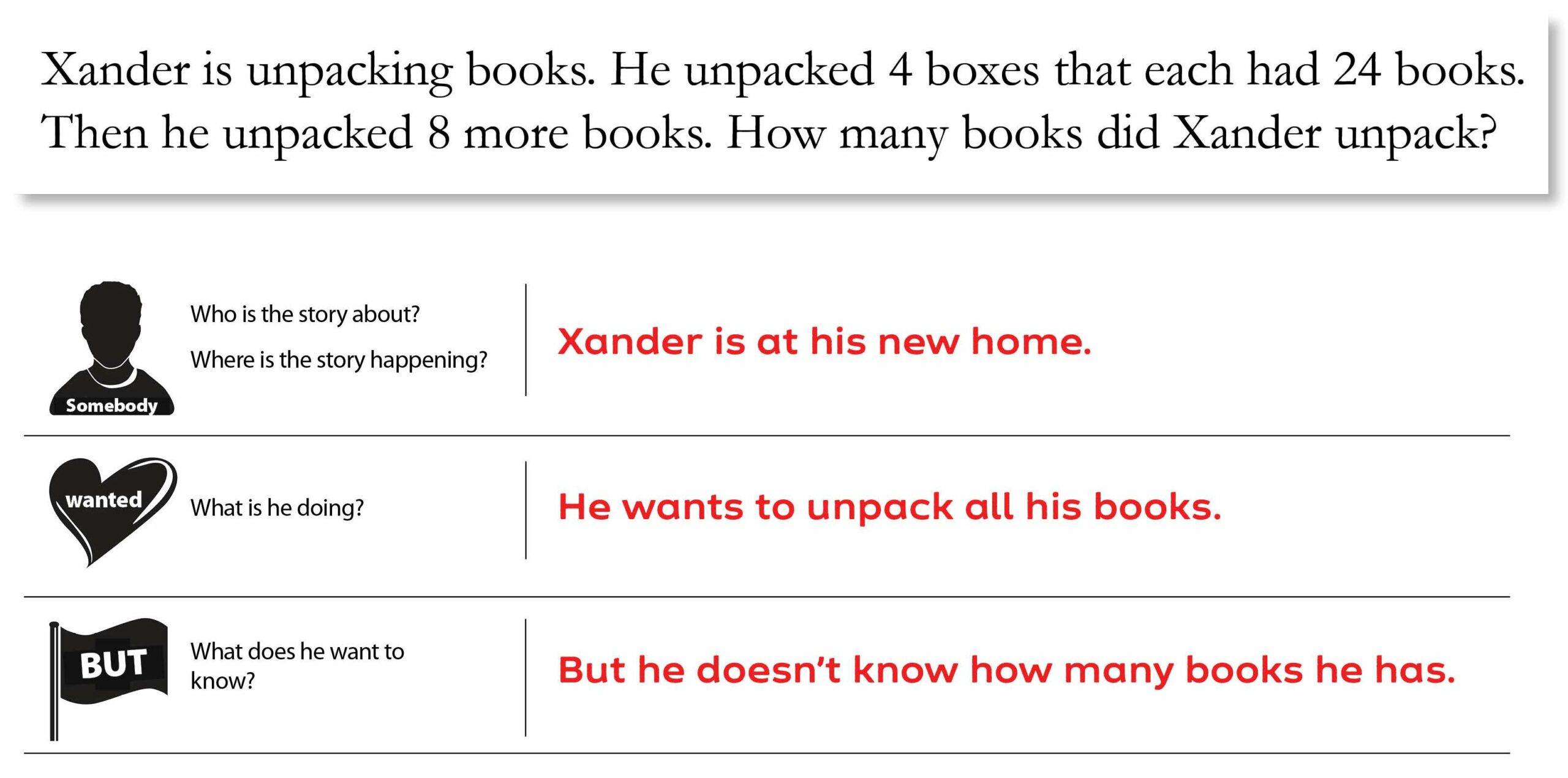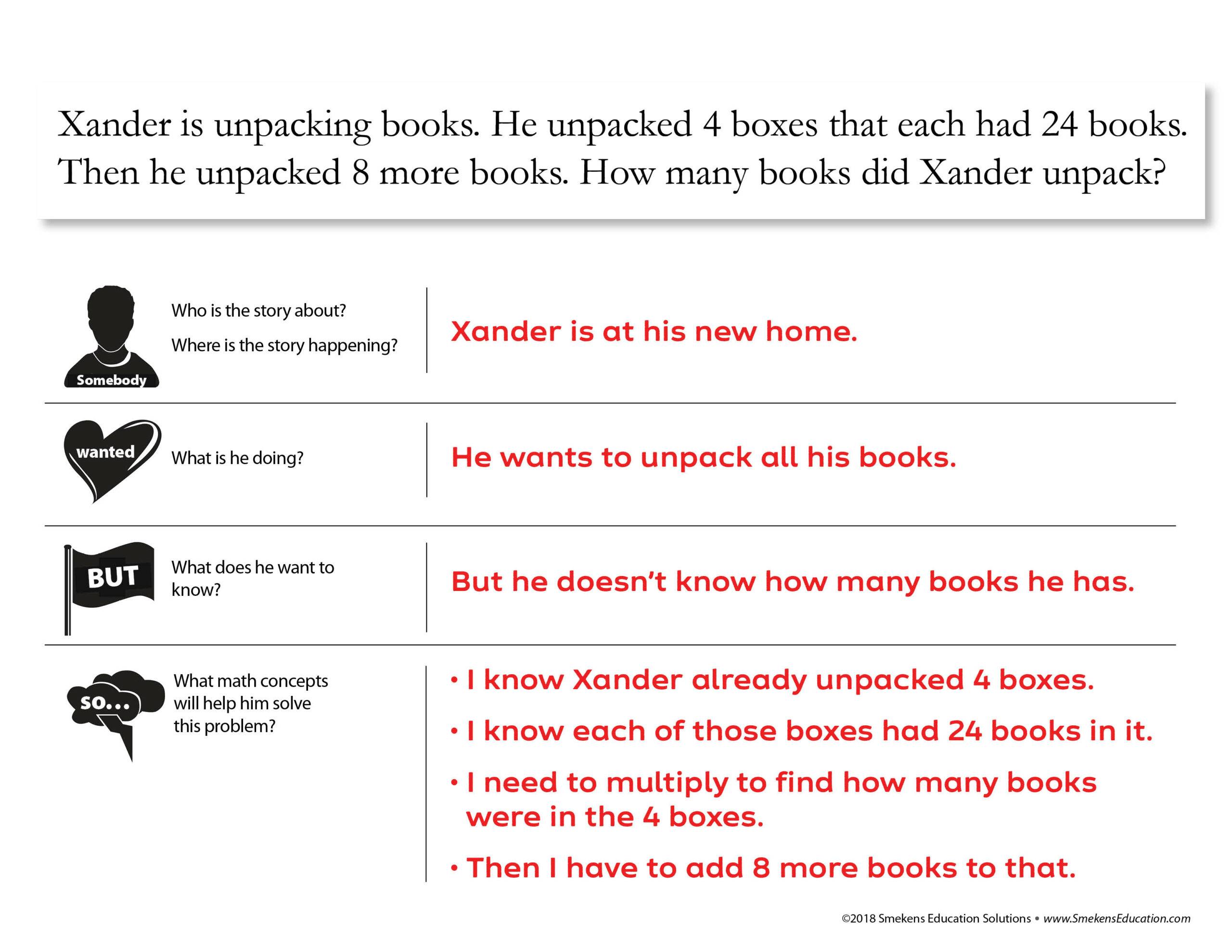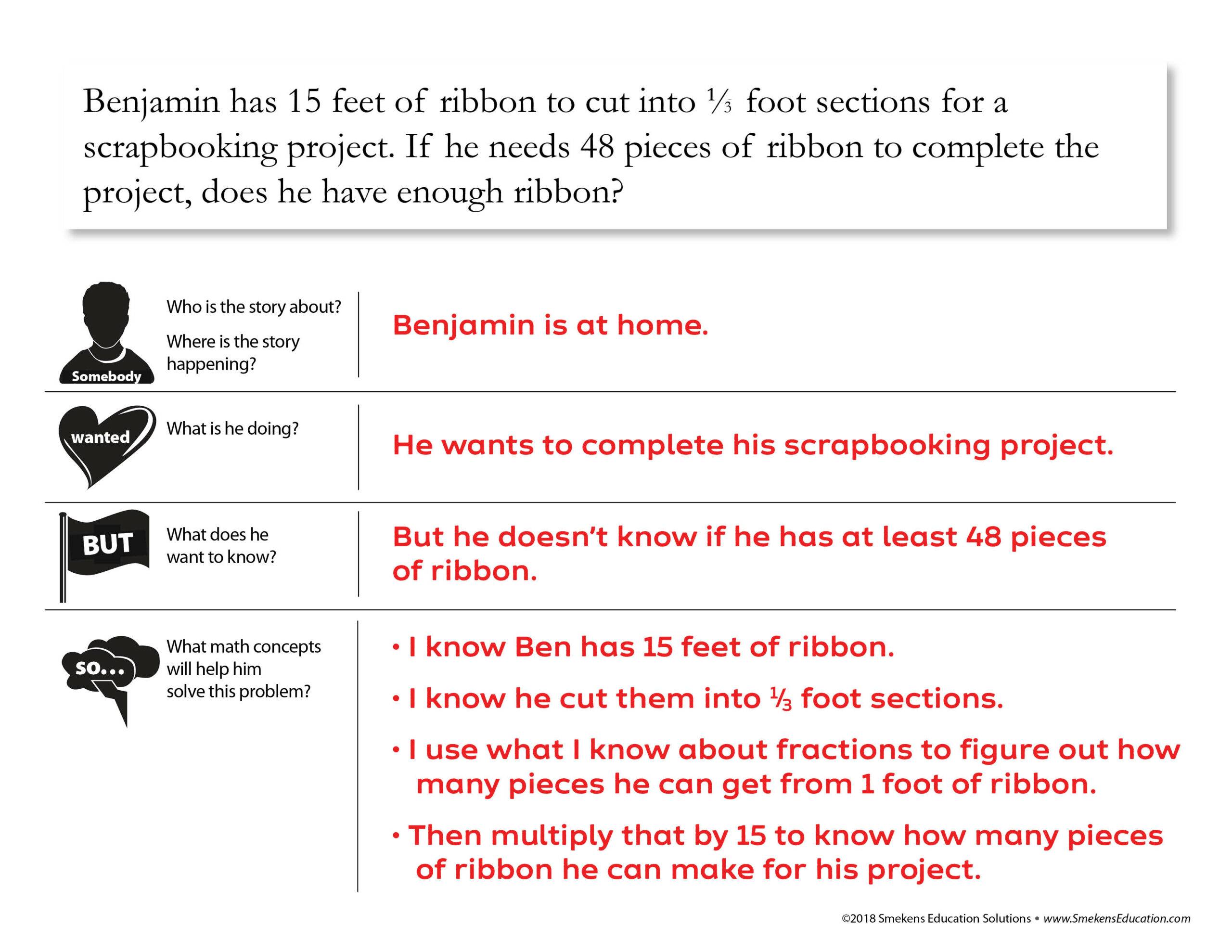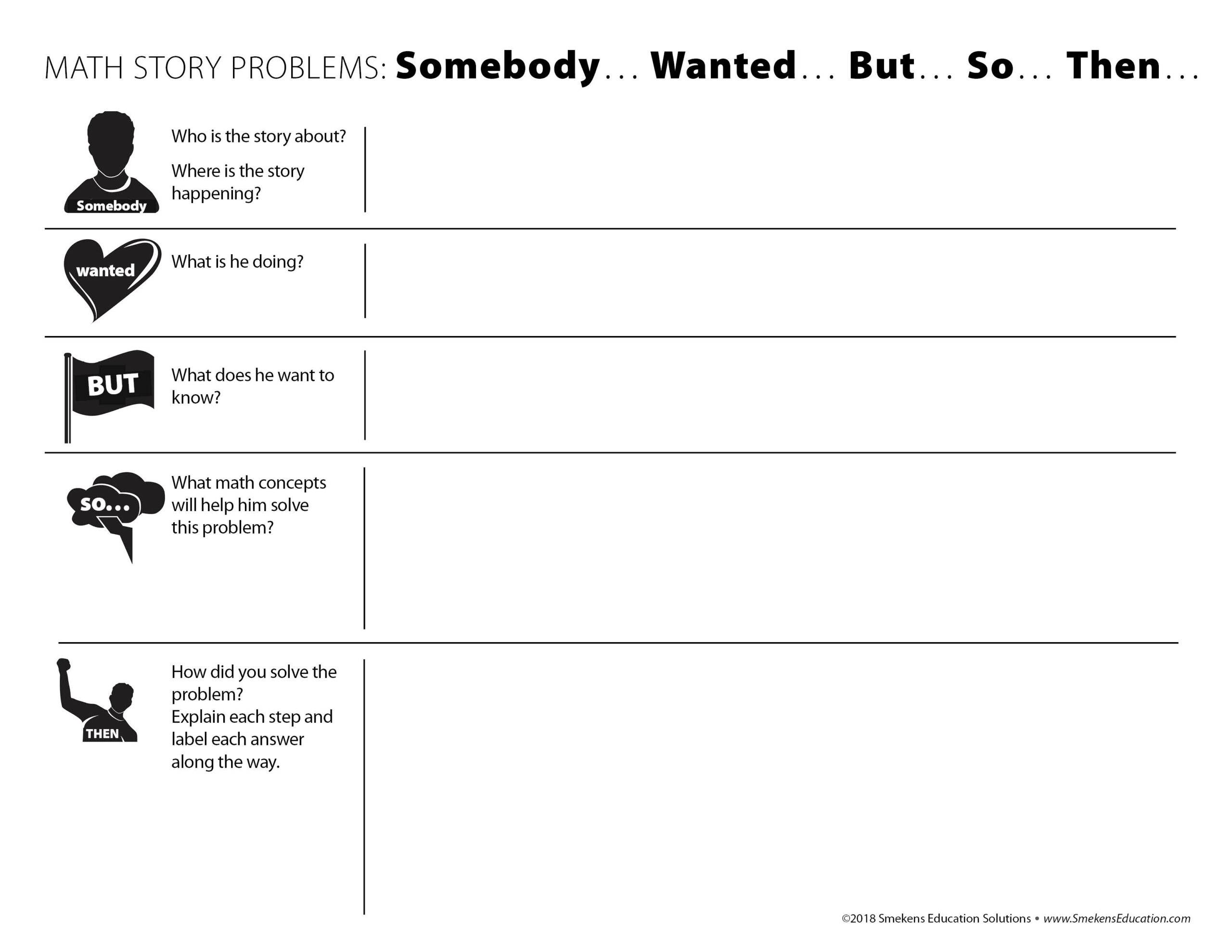Learning Center
Reading
Find the story within the problem
september 19, 2023
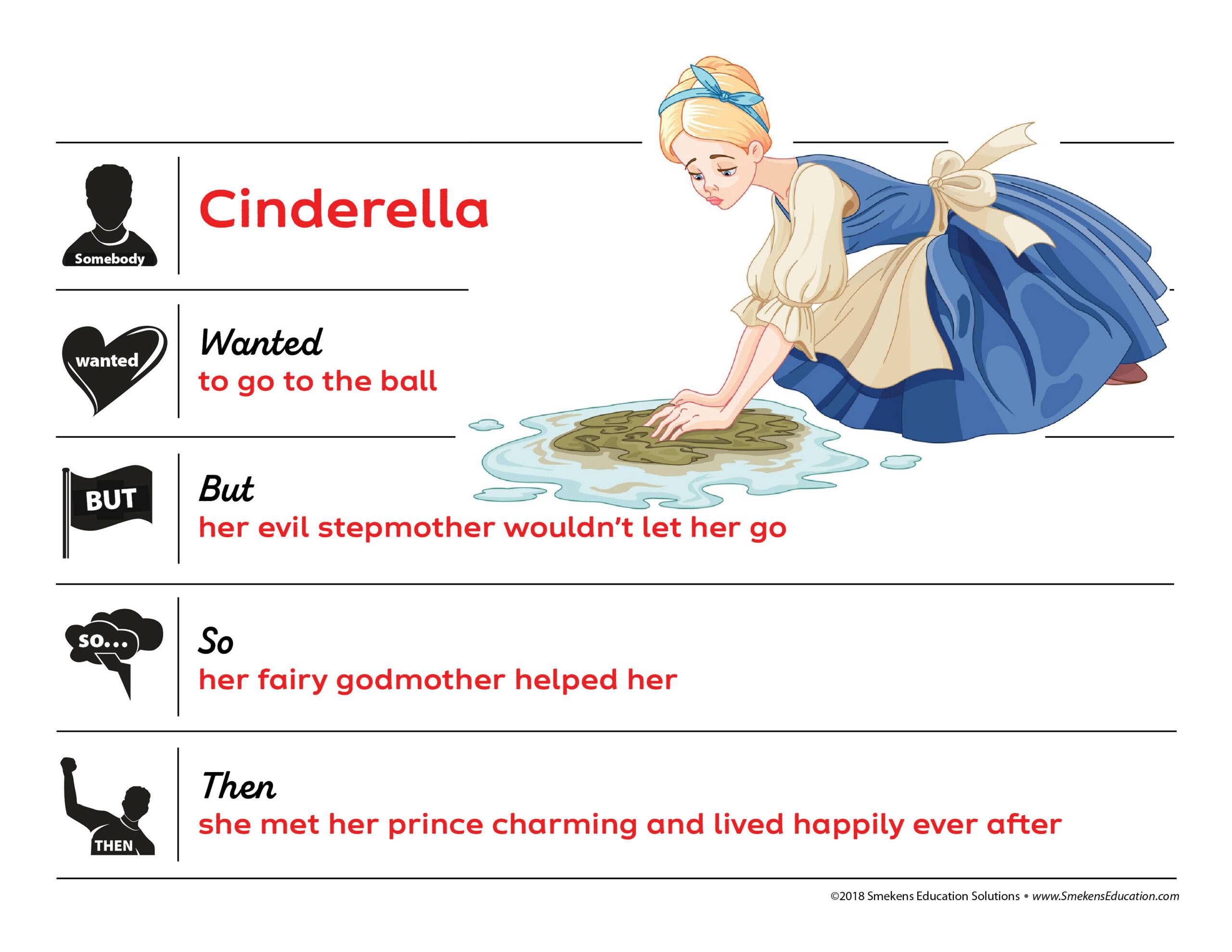 Make a connection between summarizing stories and retelling story problems. One way to accomplish this is with the popular frame Somebody, Wanted, But, So, Then.
Make a connection between summarizing stories and retelling story problems. One way to accomplish this is with the popular frame Somebody, Wanted, But, So, Then.
Using this summary frame, redefine the story elements to fit the content of a math word problem.
Somebody
Identify who is relevant in the situation. Initially, practice with word problems that only have one character. Then introduce more complex problems with two or more individuals. Although many story problems don’t identify a specific setting, they imply one. Based on the activity or action, students should infer where the situation is occurring. This will help them visualize what’s happening.
Wanted
Like characters in literature, individuals in a word problem are motivated by something–they want something. In math problems, this is the activity the character is engaged in. It’s what he is doing or attempting to do.
But
There is always something the character doesn’t know. He needs to figure out something. This is the character’s problem—and the math problem the student needs to solve.
So
So… is where students reveal their mathematical thinking in words. This facet is a general outline of the steps it will take for them to determine the answer. Teachers can trace a student’s line of thinking and reinforce it or refine it, as needed. So… is especially important when students face multi-step math problems. In order to “force” students to focus on the mathematical thinking (and not simply “do” the math), black out or remove any numbers in the original story problem (Magee and Flessner’s numberless word-problem strategy).
Then
With a strong grasp of the story and the problem, reveal the specific quantities. Using their step-by-step process from the So… portion, students Then show their work while solving the problem.
From Bridget Longmeier, Remote Coach with Smekens:
Today I had the opportunity to go into a 2nd and 3rd grade classroom and model the Somebody, Wanted, But, So, Then strategy for math that I learned at the Smekens Literacy Retreat! I really feel like this can be game changing, especially for our EL learners because they have a hard time understanding the language of story problems.
(In the lesson, I also incorporated Flessner’s numberless word problem strategy, where you take the numbers out of the problem at first to make sure students understand what is happening and what the problem is asking.)

